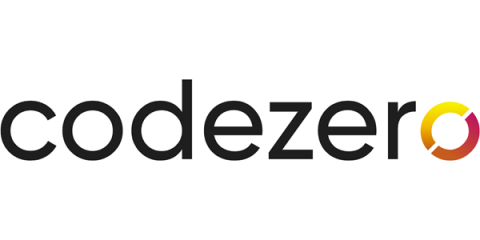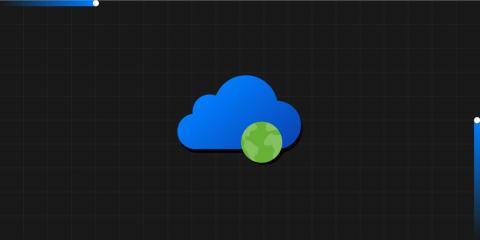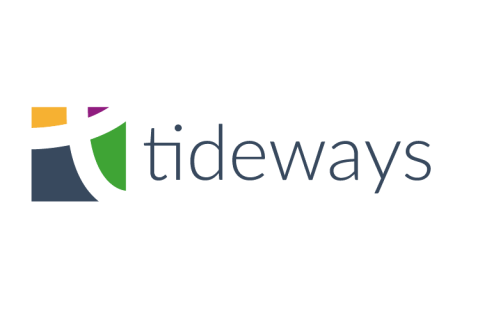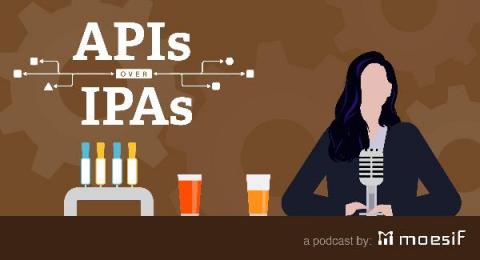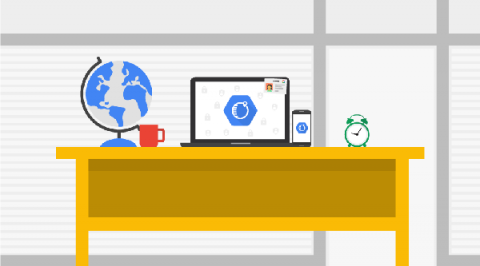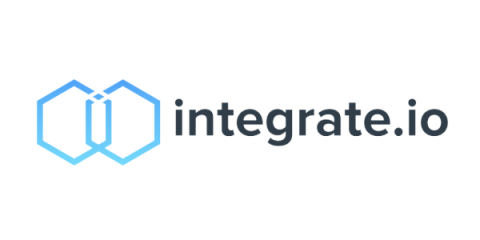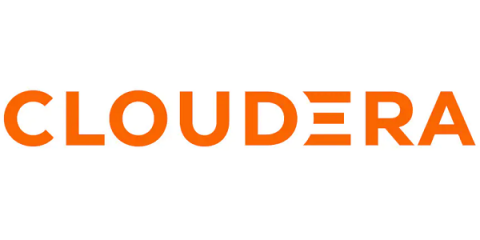CodeZero 201: The Voyage is Underway
In my previous blog post, CodeZero 101, I shared with you Part 1 of a four-part series directed at introducing you to the CodeZero platform and some of its useful tools and features for Kubernetes developers. While Part 1 focused on laying a technology foundation, this second post gets into CodeZero itself, and introduces two incredibly handy features called Teleport and Intercept. Teleport allows developers to develop and debug their code locally as though they are inside the cluster.


